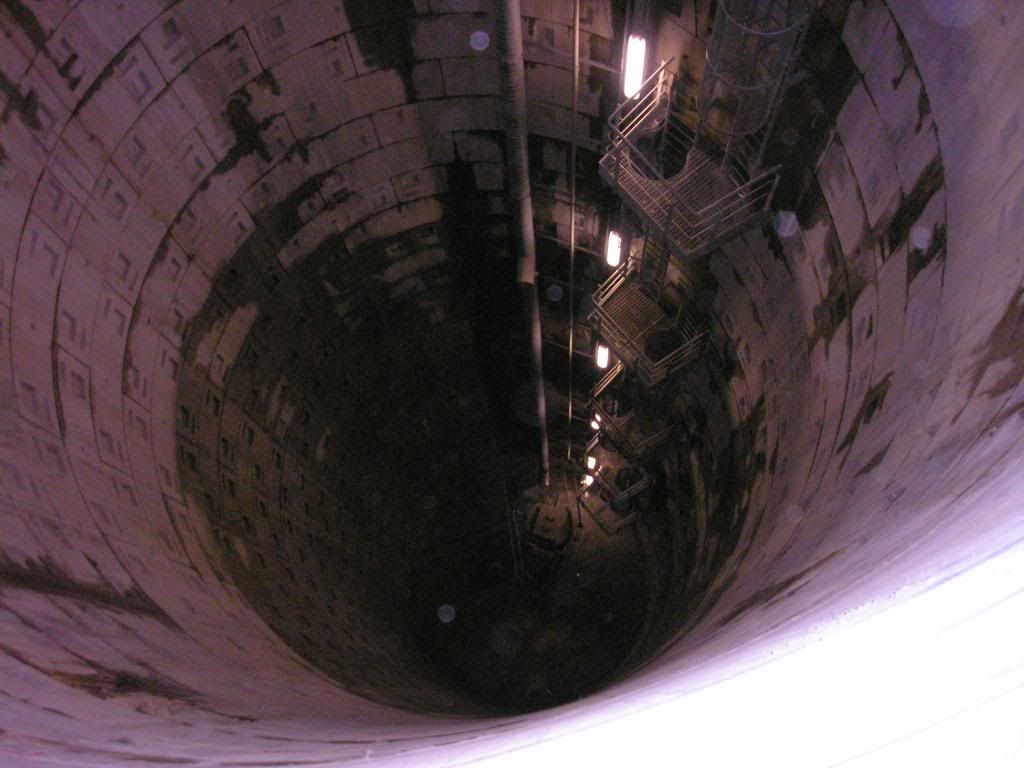- Joined
- Jun 21, 2008
- Messages
- 16,999
- Reaction score
- 27
Guys, do you have any experience with this?
I would want it to save rainwater to use to clean down after lambings etc. Logistically how hard is it? Bury a tank and fit a pump? Do I need access to the tank or could it (hypothetically) go under a concrete floor?
I would want it to save rainwater to use to clean down after lambings etc. Logistically how hard is it? Bury a tank and fit a pump? Do I need access to the tank or could it (hypothetically) go under a concrete floor?





